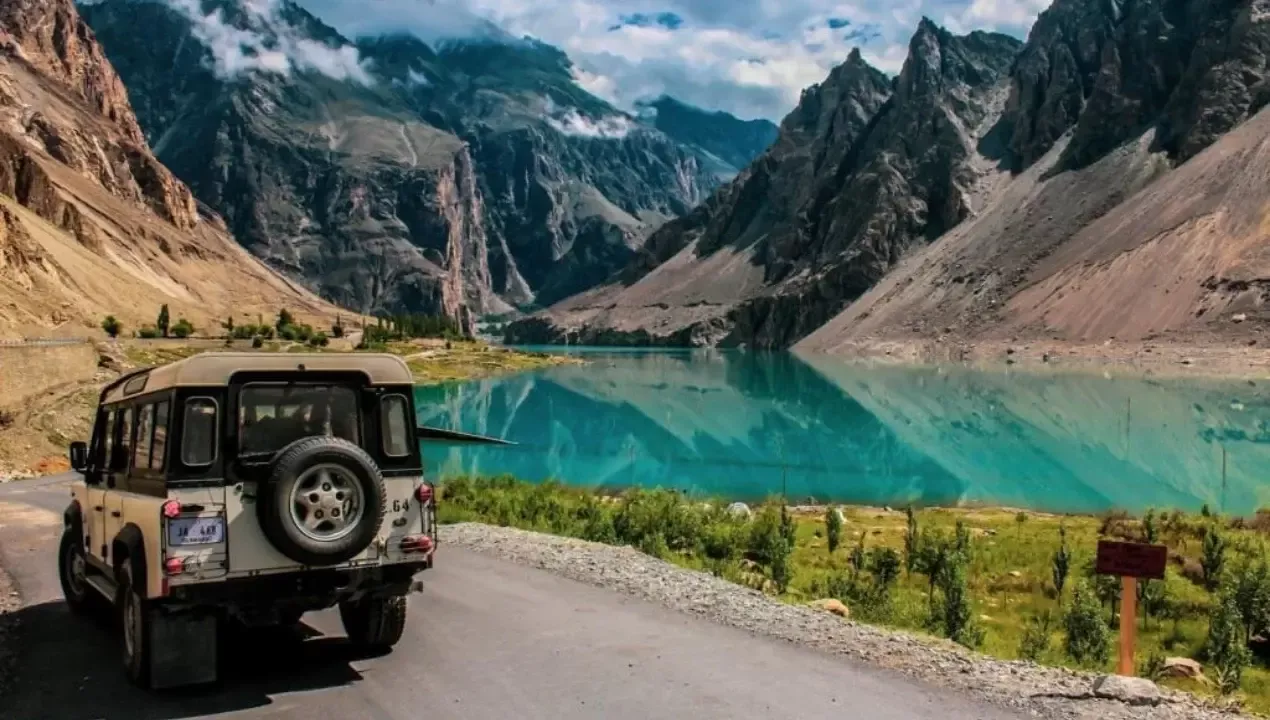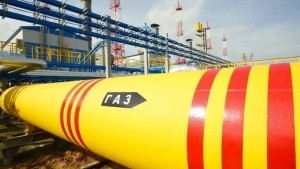
Gilgit-Baltistan has been facing intense protests and governance problems over the past two years. This was reported by Zamin.uz.
In January 2024, a strike conducted across the entire region almost halted daily life. The population's discontent grew mainly due to the increase in the subsidized flour price and power supply interruptions.
In some areas, there were instances of no electricity for up to 22 hours a day. The government decided to raise the price of flour from 20 rupees per kilogram to 36 rupees, after an earlier proposal to increase it to 52 rupees.
As a result of this decision, protests and sit-ins were organized in all districts. By mid-2025, entrepreneurs involved in trade activities along the Pakistan-China border also intensified their protests.
Due to demonstrations in Sust village, the Karakoram Highway remained closed for 40 days and border trade was suspended. More than 200 trucks were stranded outdoors, causing losses worth billions.
Protesters expressed their dissent in Islamabad under the slogan "No to unauthorized tax." Gilgit-Baltistan's governance system lacks a clear constitutional status.
Although autonomy was granted in 2009, disputes exist between the region's rights and federal government powers. Entrepreneurs are debating the legality of federal taxes in the region, which lacks parliamentary representation.
Following the 2025 protests, the Federal Tax Commission formed a committee to review value-added tax, income tax, and excise duties on goods imported from China. This indicates the necessity of a special governance system.
In August, clashes occurred between police and protesters in Sust. Organizers reported the use of tear gas and force, while officials stated such measures were taken to maintain order.
There are also conflicts regarding land rights. The opposition in the Gilgit-Baltistan Assembly demands the repeal of the "Khalsa Sarkar" laws, as these laws restrict ordinary people's land rights and enable influential individuals to acquire lands.
The region hosts major hydroelectric projects. The Diamer-Bhasha Hydroelectric Power Station has a capacity of 4500 megawatts and is planned to be operational by 2028.
However, the project mainly imposes social and cultural burdens on the local population. By 2018, 14,325 acres of land were transferred, forcing the relocation of 32 villages, 4,266 households, and over 30,000 people.
The local population demands fair compensation and a share of hydroelectric revenues. In 2024, the Gilgit-Baltistan government decided to claim its rights from the center.
Climate change poses a serious threat in the region. In May 2022, a lake outburst from the Shishper glacier destroyed the Hasanabad bridge, cutting off communication with upper Hunza.
This event further complicated the lives of the local population. Demographic changes are also intensifying conflicts.
According to 2025 data, the region's population consists of 41% Shias, 30% Sunnis, 24% Ismailis, and 6% Nurbakhshis. Baltistan has historically maintained peace among various sects.
In recent years, investors from other parts of the country buying land and commercial buildings have caused locals to feel marginalized. There are also claims of attempts to alter demographic dominance by settling Sunni entrepreneurs.
In conclusion, Gilgit-Baltistan faces serious governance challenges due to constitutional ambiguity, economic discontent, and climate risks.







